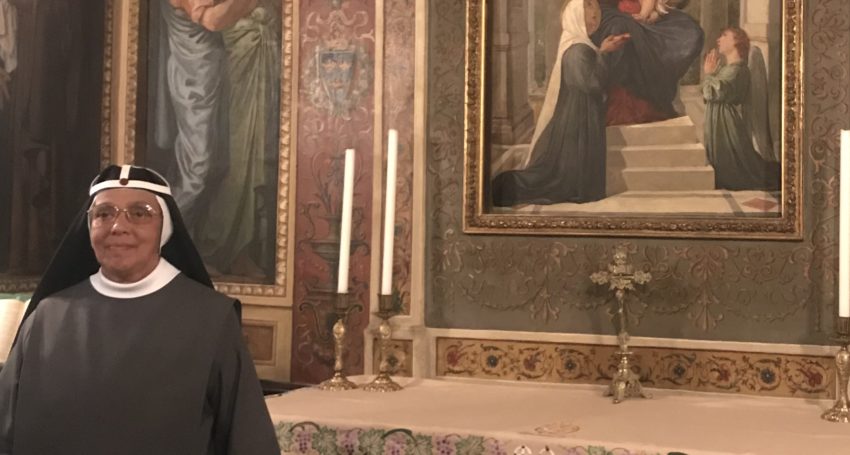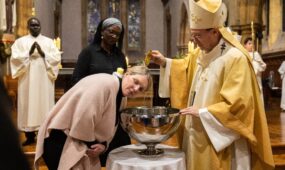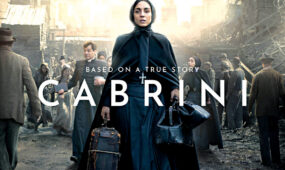Saints bring our faith to life
Opinion
As a young Catholic girl growing up in suburban Adelaide, one of my favourite things about having a religious upbringing was getting to read books about saints like Bernadette of Lourdes and the children of Fatima.

I think it’s safe to say that most Catholic homes had at least one biography of a saint on its bookshelves, even if it was only to help with picking a confirmation name.
Of course I now know that there are thousands of ordinary women and men whose deep faith has had a dramatic impact in their own lifetime and long after. Our migrant communities have their own affiliation with saints such as Daniel Comboni whose feast day the African community celebrated last month. And we have recently seen the relics of Padre Pio draw large numbers of Catholics on their visit to Adelaide. Relics can seem a bit creepy to some but for others they bring a closeness to the particular saint, just as visiting the grave of a loved one can be important to some but not all.
Advertisement
I was prompted to reflect on my childhood interest in the inspiring stories of saints during a recent visit to Rome where I stayed in the guest house of the Brigettine Sisters.
St Bridget of Sweden was not on the suggested reading list for children of Irish Catholic stock – the St Brigid we knew was from Kildare and one of the patron saints of Ireland.
But it was hard not to be impressed by the remarkable story of Swedish-born St Bridget who lived and died in the convent/guest house in Piazza Farnese, Rome, in the 14th century.
During a private tour of the chapel where her tomb lies, alongside a precious relic (her hip bone), one of the Brigettine Sisters proudly recounted the saint’s life story and her legacy.
Dressed in their heavy grey habit including a striking black veil with a white cross, the Brigettines are a visible reminder of St Bridget mission of ecumenical hospitality and daily adoration of the Eucharist.
Asked about the distinctive veil, my guide explains that it resembles a ‘crown’ with five red marks to represent the five wounds of the crucified Jesus. She shrugs off my concern over wearing the habit in the summer heat, describing it is an act of self-giving as she continues her flawless history lesson.
Advertisement
St Bridget was born into nobility in Sweden at the turn of the 1300s and after her husband, with whom she had eight children, died in his 30s she embarked on a religious vocation. It was a time of great economic and political instability, religious disunity and the threat of schisms in the Church.
Her family background, her residence at the Royal Court of Sweden as an adviser to the King and her travels far and wide through Europe gave her great insight into the problems of the Church. She did everything within her power to bring the Pope back from Avignon to Rome. She worked tirelessly for peace in Sweden, France, Italy and England which were torn apart by conflict.
Today she is regarded as a symbol of unity and hope, and she is remembered for her comforting prayers which became known as the Book of Hours.
Like many other saints, including our own St Mary MacKillop, St Bridget was a strong and courageous woman who was able to achieve much in the face of adversity and at a time when women had far less influence than they have now.
I am not sure if young Catholics today are exposed to the enduring stories of saints but they certainly wouldn’t go astray in a world that is sorely in need of good role models.
And if you are looking for a place to stay in Rome, and are happy to wake to the beautiful sound of the Sisters singing their morning hymns, then Casa di Santa Brigida (www.brigidine.org) is worth a look.








Comments
Show comments Hide comments